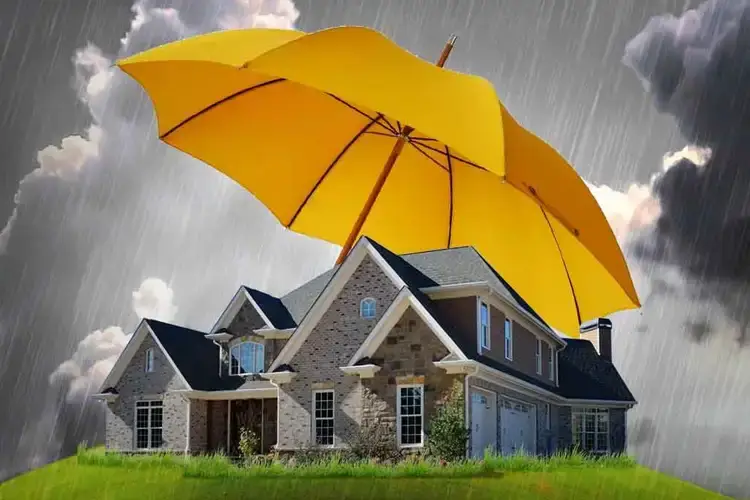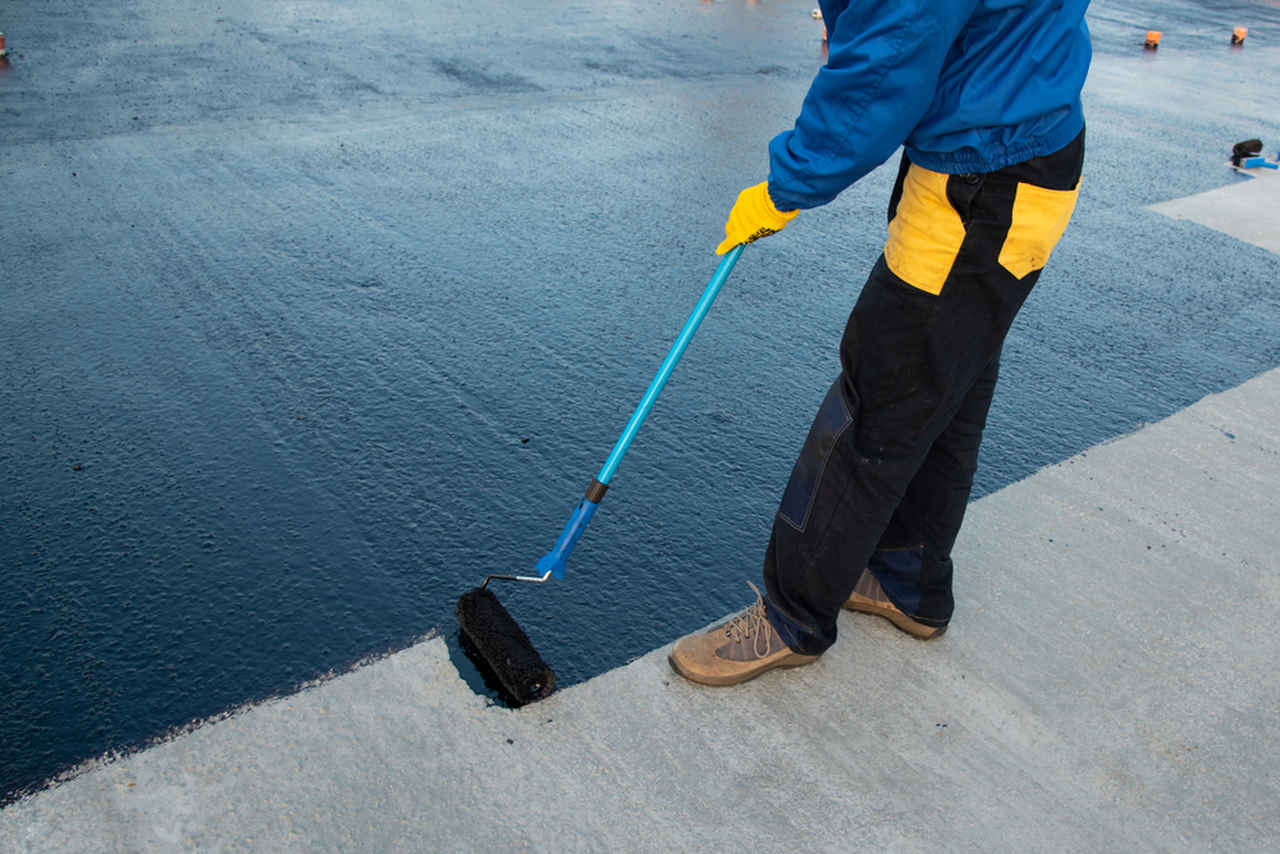Sorts of Waterproofing: Discovering the Different Techniques and Their Applications
Waterproofing is an important element of building and maintenance. It secures frameworks from the destructive effects of water damage. There are a number of techniques offered, each with its special applications and advantages. From membrane systems to cementitious remedies, comprehending these options is essential for effective execution. The option of waterproofing technique can greatly affect longevity and longevity. Checking out these different techniques exposes their distinct advantages and prospective difficulties, motivating additional factor to consider of perfect remedies.
Membrane Layer Waterproofing Equipments
Membrane waterproofing systems work as an important barrier versus water invasion in different structures. These systems usually consist of slim sheets made from materials like rubber, thermoplastic, or bitumen, which are applied to surface areas to prevent wetness penetration. They can be mounted above or listed below grade and are particularly reliable in locations prone to high water direct exposure, such as cellars, roofs, and foundations.The installation procedure entails cleansing the substratum, using adhesives or primers, and precisely fitting the membrane to ensure complete protection. Membrane systems can be either fully adhered, mechanically attached, or laid loose, relying on the specific demands of the project. They provide longevity and adaptability, suiting structural movements without compromising their waterproofing abilities. These systems can be strengthened with added layers for enhanced defense. Eventually, membrane waterproofing systems are vital for guarding frameworks versus water damages and preserving long-lasting honesty.
Liquid-Applied Waterproofing Coatings
Liquid-applied waterproofing coatings provide a functional service for safeguarding surfaces from water seepage - Basement waterproofing Omaha. These coverings include liquid materials that, when applied, form a smooth, flexible membrane. Their versatility permits application on numerous substratums, including concrete, metal, and wood. The coatings can be made use of in varied settings, from residential to industrial settings, making them suitable for roofings, foundations, and below-grade structures.One significant benefit of liquid-applied finishings is their ability to adapt to irregular shapes and permeate fractures, creating a robust obstacle versus wetness. They often show outstanding adhesion properties and resistance to UV radiation, making sure durability and sturdiness. Additionally, the application procedure is commonly straightforward, enabling quick setup and minimized labor expenses. This technique likewise minimizes the threat of water pooling, as the continual layer successfully guides water away from at risk areas. Overall, liquid-applied waterproofing finishings are an efficient choice for extensive water security
Cementitious Waterproofing Solutions

Cementitious waterproofing solutions supply a robust alternative for structures Going Here needing dependable wetness protection. These systems mainly utilize a mix of cement, sand, and chemical ingredients to produce a waterproof barrier. They are often applied to surfaces such as concrete wall surfaces, foundations, and floorings, providing a long lasting, durable defense against water intrusion.One of the vital advantages of cementitious waterproofing is its simplicity of application; it can be applied utilizing a brush, roller, or spray, here making it ideal for numerous project dimensions. Additionally, this technique is suitable with numerous surfaces and can commonly be used combined with other waterproofing techniques.Cementitious services are specifically efficient in environments where water direct exposure is a problem, such as cellars or below-grade structures. Their exceptional adhesion homes ensure that they bond well with substratums, providing a strong and impermeable layer versus wetness infiltration.
Bentonite Waterproofing
Bentonite waterproofing is a highly effective technique that uses sodium bentonite clay to produce an all-natural barrier versus water. This strategy manipulates the unique properties of bentonite, which increases upon contact with water, securing any type of possible leakages and preventing wetness seepage. It is frequently utilized in various applications, consisting of structure walls, tunnels, and keeping walls, where water resistance is essential.Bentonite can be used in a number of kinds, such as panels or blankets, providing convenience in installment. Its capability to self-seal makes it an attractive option for locations based on shifting soil or rising and falling water levels. In addition, bentonite waterproofing is eco-friendly, as it is a natural material that does not introduce unsafe chemicals into the environments.
Drain and Exterior Waterproofing Solutions
Efficient waterproofing typically involves a combination of techniques, consisting of drainage and outside systems. Drain systems, such as French drains and sump pumps, are created to redirect water far from structures, decreasing hydrostatic pressure against structures. These systems are vital in avoiding water build-up that can cause architectural damages and Home Page mold and mildew growth.External waterproofing, on the various other hand, involves applying safety barriers to the structure's exterior. Methods such as the setup of water resistant membranes, coverings, or sealants can aid prevent water seepage. This method not only protects the structure but also improves the total resilience of the structure.Together, drainage and exterior waterproofing systems form a comprehensive service to take care of water properly. By implementing these techniques, property owners can protect their financial investments versus the damaging impacts of wetness, making certain long-lasting stability and safety for their structures.
Frequently Asked Inquiries
How Do I Pick the Right Waterproofing Method for My Project?
Selecting the right waterproofing technique depends on aspects such as job kind, environmental problems, budget plan, and preferred long life. Reviewing these aspects permits informed choices customized to details demands and requirements.

Can Waterproofing Be Applied in Cold Weather Issues?
Waterproofing can be applied in cool weather conditions, but it calls for specific materials and techniques. Cold temperatures may affect curing times and adhesion, demanding cautious choice of products created for low-temperature application.
What Are the Common Indicators of Waterproofing Failure?
Common signs of waterproofing failing consist of noticeable water spots, peeling paint, wet odors, mold growth, and cracks in walls or foundations. French drain installation Omaha. These indications recommend that moisture is passing through the obstacle, jeopardizing its performance
How Much Time Does Waterproofing Last Prior To Requiring Upkeep?
The longevity of waterproofing differs, generally lasting in between 5 to ten years. Elements such as material top quality, ecological problems, and upkeep methods affect its resilience, demanding regular examinations to guarantee reliable security against water invasion.
Are There Eco-Friendly Waterproofing Options Available?
The inquiry of eco-friendly waterproofing choices reveals an expanding interest in lasting materials (Basement waterproofing Omaha). Different all-natural compounds, such as plant-based sealers and recycled items, supply effective solutions while lessening ecological influence, interesting ecologically conscious customers